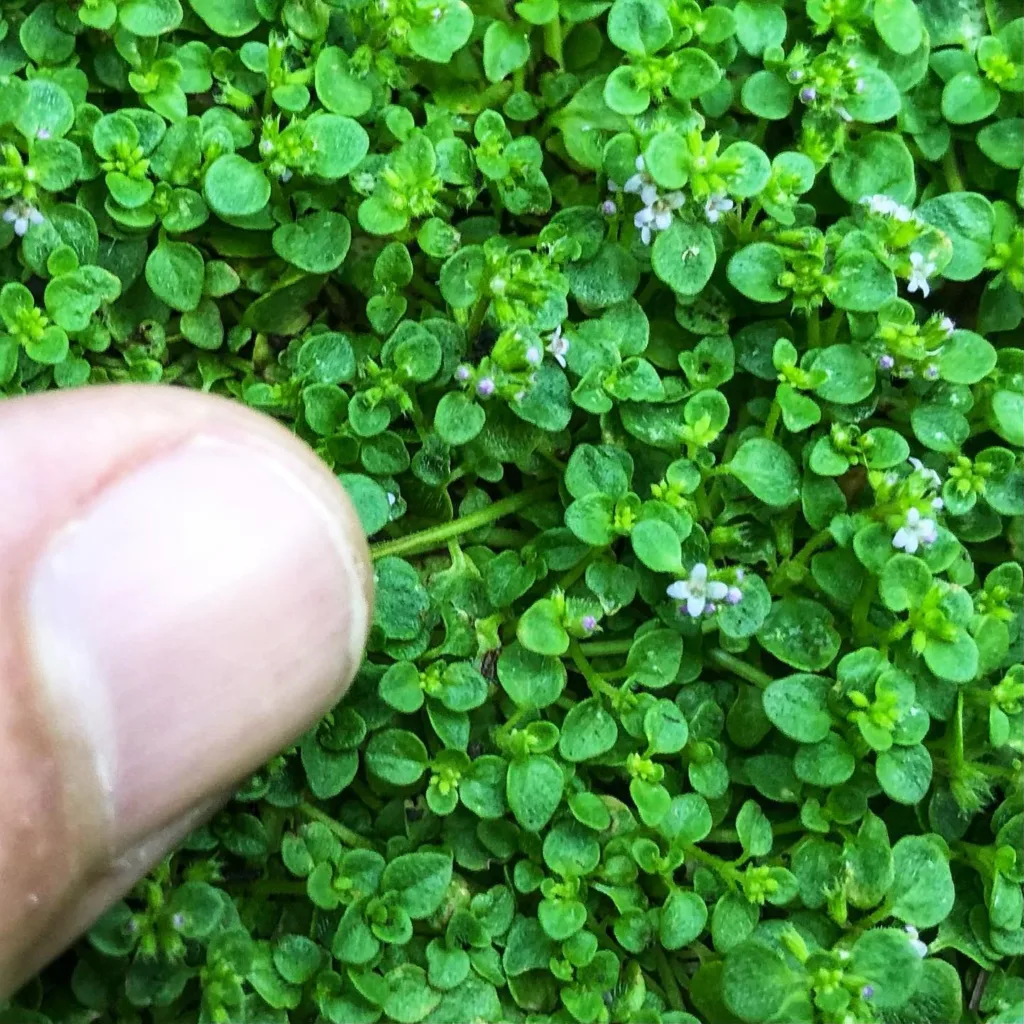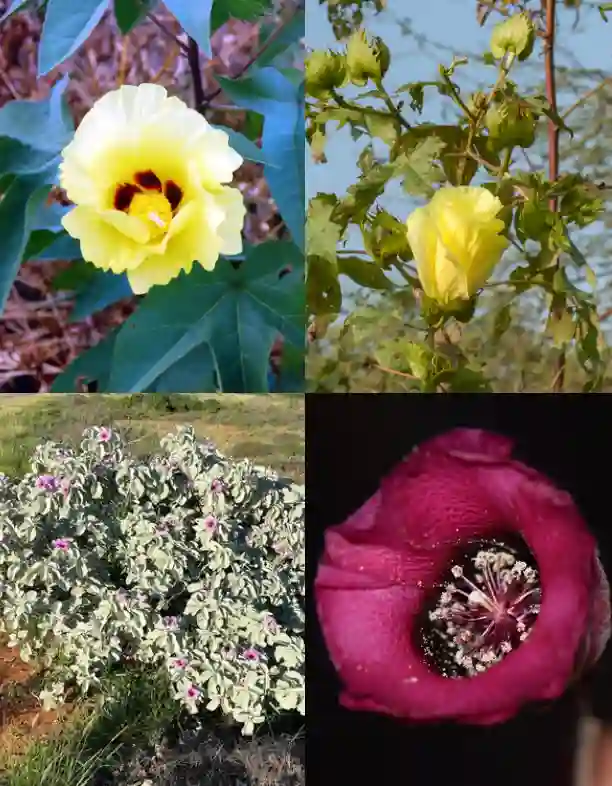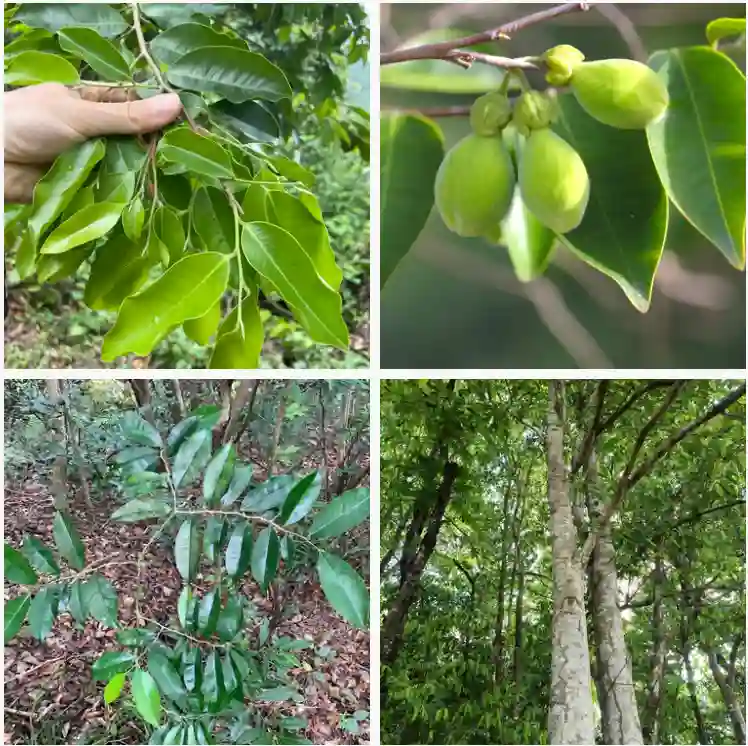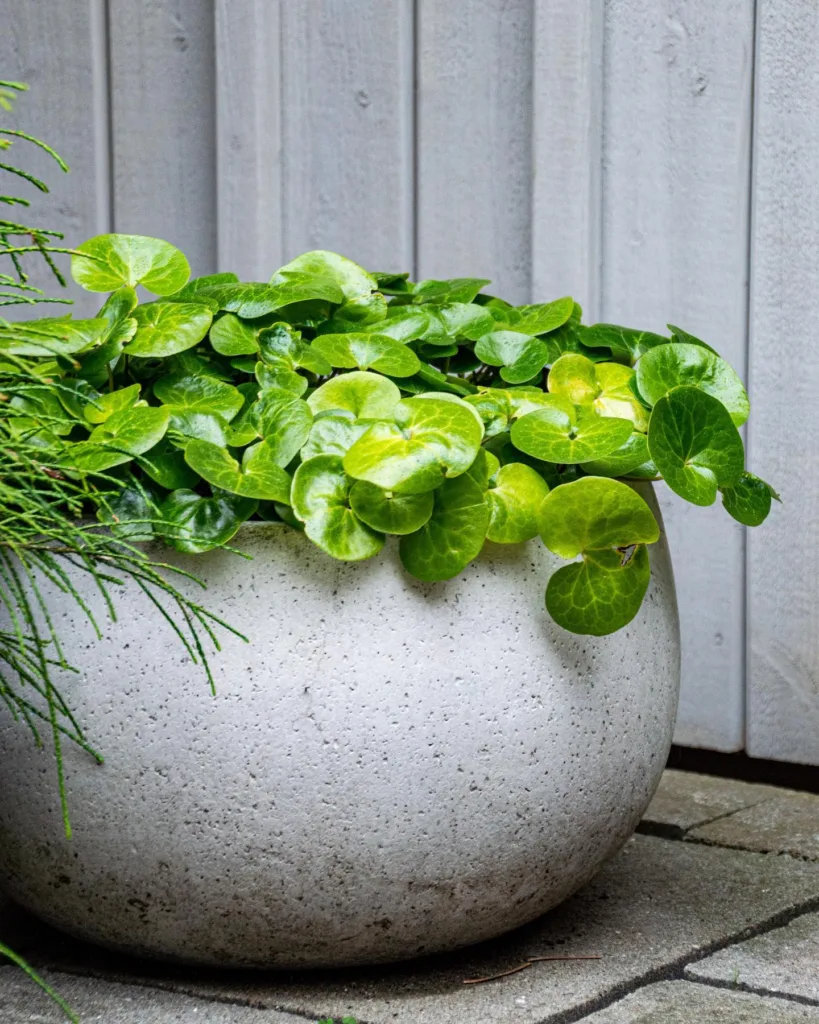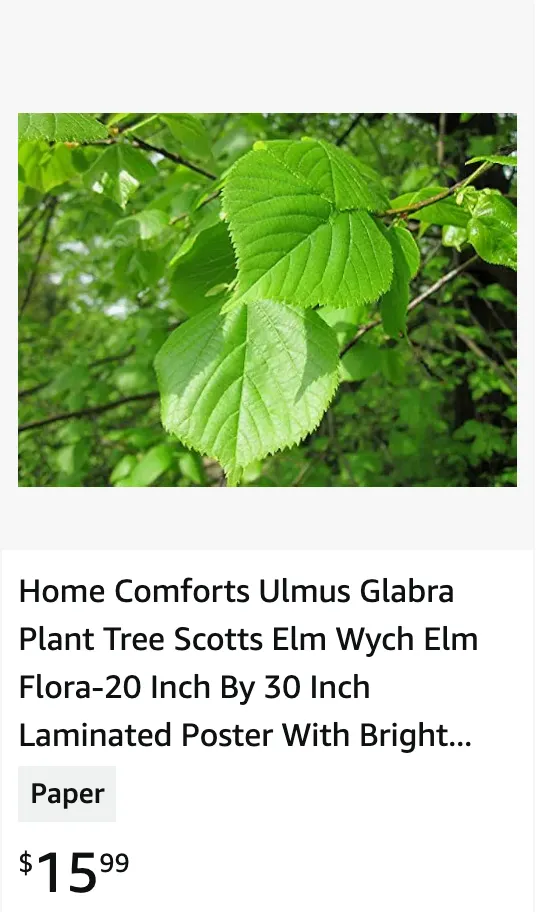
The Wych Elm: A Once Majestic Tree Battling Back
For years, I’ve been fascinated by trees. Their quiet strength, their enduring presence, the way they weave themselves into the very fabric of our landscapes – it’s all deeply inspiring. Recently, I came across the Ulmus glabra, also known as the Wych elm, and its story resonated with me. It’s a tale of resilience, of a once-common giant facing near-oblivion, and of the fight to bring it back.
43 Species in Genus Ulmus
The Wych elm boasts the widest range of any European elm species. Imagine its branches reaching across vast swathes of land, from the biting cold of the Arctic Circle to the sun-drenched mountains of Sicily. Its history is long and intertwined with ours. In Britain, for instance, the Wych elm was a familiar sight, a majestic presence in hedgerows and woodlands.
But this story takes a turn. A silent assassin arrived – Dutch elm disease. This fungal infection has devastated elm populations worldwide, and the Wych elm was no exception. Majestic trees that had stood for centuries succumbed, leaving behind a landscape stripped of their grandeur.
The loss of the Wych elm wasn’t just aesthetic. It had a significant impact on the ecosystem. Elm leaves are a vital food source for many insects, including the beautiful white-letter hairstreak butterfly. With the decline of the elms, these butterfly populations plummeted.
Is Ulmus glabra Dioecious?
This is a question I pondered for a while. Dioecious plants have separate male and female flowers on different trees. This means that for a Wych elm to reproduce, you’d need both a male and a female tree nearby.
The answer? No, Ulmus glabra is not dioecious. Thankfully, it’s monoecious. This means individual trees have both male and female flowers, allowing for self-pollination and seed production even with a single tree.
Is Ulmus glabra Monoecious?
Yes, as mentioned earlier, the Wych elm is monoecious. This characteristic has proven crucial in its fight for survival. Even with Dutch elm disease taking its toll, individual trees can still reproduce, ensuring the continuation of the species.
A Beacon of Hope: Conservation Efforts
The fight to save the Wych elm is far from over. Conservationists are working tirelessly to develop disease-resistant strains. This involves breeding programs that select for elms with natural resistance to the fungus.
Another approach is the preservation of existing, mature Wych elms. These giants, having survived for so long, often possess a higher level of tolerance to the disease. By studying them and propagating their offspring, researchers hope to create a new generation of resilient elms.
Planting a Wych Elm: A Guide for the Enthusiast
If you’re interested in joining the fight to save this magnificent tree, you might consider planting a Wych elm yourself. But before you head to your local nursery, a few things to keep in mind:
- Disease Resistance: Look for elm cultivars bred for resistance to Dutch elm disease. Popular options include ‘Homestead’ and ‘Jacqueline Hillier’.
- Growing Conditions: Wych elms prefer full sun and well-drained soil. They’re tolerant of a variety of soil types but don’t do well in constantly wet conditions.
- Space Requirements: These are large trees, reaching heights of up to 100 feet. Make sure you have ample space for it to mature.
A Symbol of Hope
The Wych elm’s story is a reminder of the delicate balance of our ecosystems and the devastating effects introduced diseases can have. But it’s also a story of hope. Through scientific research, conservation efforts, and individual action, we can help this majestic tree reclaim its place in our landscapes. The next time you see a Wych elm, take a moment to appreciate its strength and resilience. It’s a symbol of the enduring power of nature and our responsibility to protect it.
If i die, water my plants!
